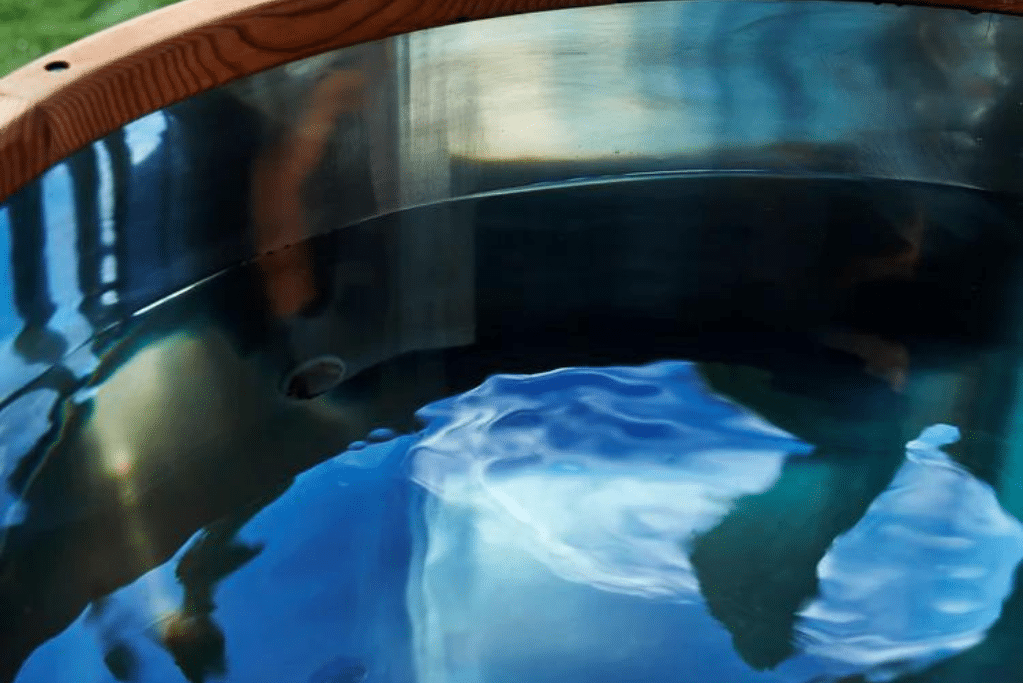
Science Behind the Chill
Unlock the Power of Cold Therapy Dive into the science of cold water immersion—activating your body’s natural defenses to enhance
It seems you're in US. Redirect to Ora Ice Baths US?
Yes, please
As cold therapy grows in popularity among athletes, ice baths have become a standard recovery tool due to their unique impact on the body. From reducing muscle inflammation to boosting resilience, ice baths provide essential benefits that improve athletic performance and speed up recovery time. In this article, we’ll break down the science behind ice baths and why they’re a game-changer for athletes, especially those based in Auckland and New Zealand.
The primary purpose of an ice bath is to expose the body to cold temperatures, usually between 0°C and 10°C. This intense cold causes blood vessels to constrict, reducing blood flow to muscles and minimising inflammation. This effect is similar to applying an ice pack to a sore muscle but targets the entire body, enhancing recovery on a larger scale.
The cold temperature stimulates the vagus nerve, helping to calm the nervous system. This relaxation response reduces cortisol levels, countering the physical and mental stress athletes experience after intense training or competition.
To make the most of an ice bath, athletes should aim to immerse themselves for 5 to 15 minutes, depending on experience and tolerance levels. For optimal results, it’s best to use ice baths immediately after exercise or intense physical activity.
Many gyms and training facilities across Auckland offer ice bath facilities, but for those committed to regular cold therapy, investing in an at-home setup, such as an Ora Ice Bath with a chiller, allows athletes to access cold therapy whenever they need it.
The science behind ice baths supports their effectiveness in promoting recovery, reducing muscle inflammation, and enhancing mental resilience. For athletes in Auckland and across New Zealand, regular use of an ice bath can provide a competitive edge, improving both physical and mental performance. With convenient options available, including at-home ice baths for sale, New Zealand athletes have never been better equipped to harness the power of cold therapy.

Unlock the Power of Cold Therapy Dive into the science of cold water immersion—activating your body’s natural defenses to enhance

Ice baths are gaining popularity as a therapeutic tool in the health and wellness community, and New Zealand, with Auckland

Ice baths have been making waves in the wellness world, praised for their ability to improve both physical and mental



